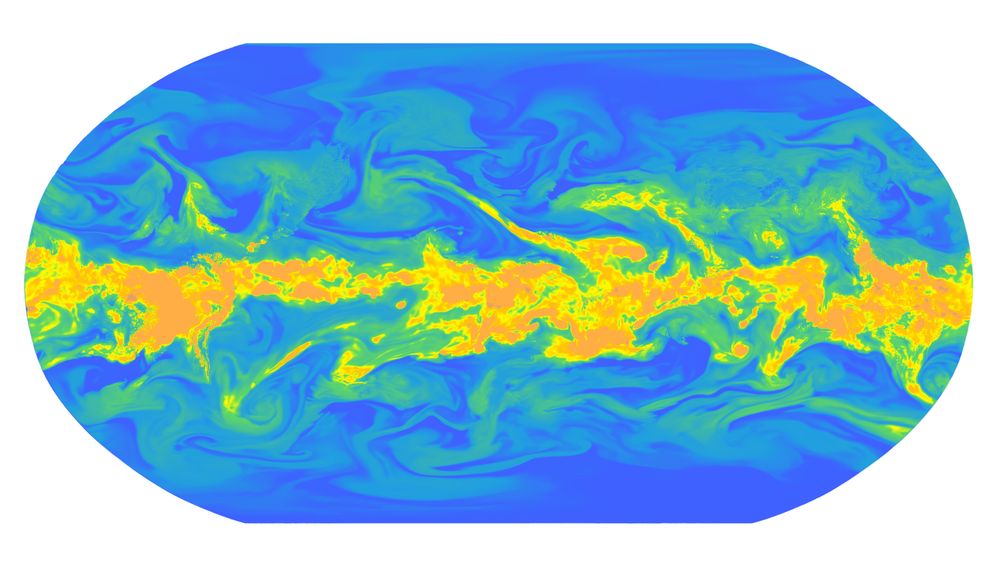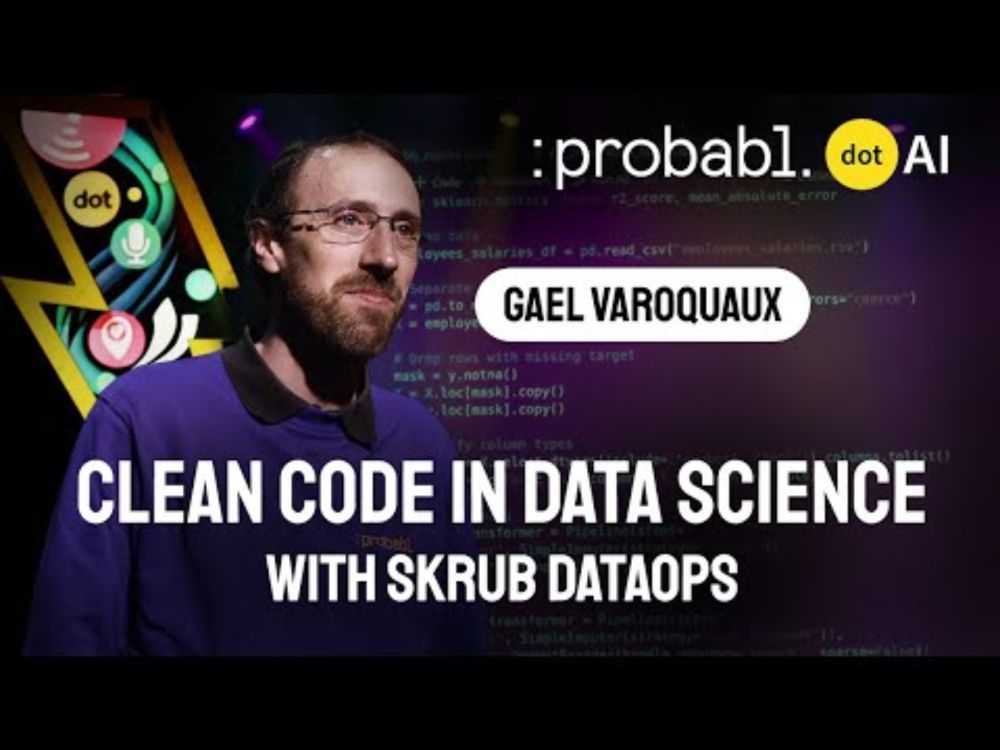

(I steered clear of tasteless analogies for this one...)
authors.elsevier.com/a/1m7H5_LsQS...
(I steered clear of tasteless analogies for this one...)
authors.elsevier.com/a/1m7H5_LsQS...
The outcome: a self-supervised training objective based on active vision that beats the SOTA on NSD representational alignment. 👇
How can we model natural scene representations in visual cortex? A solution is in active vision: predict the features of the next glimpse! arxiv.org/abs/2511.12715
+ @adriendoerig.bsky.social , @alexanderkroner.bsky.social , @carmenamme.bsky.social , @timkietzmann.bsky.social
🧵 1/14

The outcome: a self-supervised training objective based on active vision that beats the SOTA on NSD representational alignment. 👇
www.theguardian.com/environment/...

www.theguardian.com/environment/...
I have been asked this when talking about our work on using powerlaws to study representation quality in deep neural networks, glad to have a more concrete answer now! 😃
www.biorxiv.org/content/10.1...

I have been asked this when talking about our work on using powerlaws to study representation quality in deep neural networks, glad to have a more concrete answer now! 😃
www.biorxiv.org/content/10.1...

www.biorxiv.org/content/10.1...
8x faster than v1, it can compute extreme situations and game out scenarios in one minute flat on a single TPU (as opposed to hours of supercomputer time for traditional algorithms)
will be available in all of Google’s weather apps
blog.google/technology/g...

8x faster than v1, it can compute extreme situations and game out scenarios in one minute flat on a single TPU (as opposed to hours of supercomputer time for traditional algorithms)
will be available in all of Google’s weather apps
blog.google/technology/g...
Algorithms/AI *are* a key barrier to progress in neuro-engineering and neuro-tech.
But, for actually *understanding* the brain, indeed, our major barrier is the inability to measure the things we could use to test our computational theories.
The key barriers are not algorithms or AI.
🧪#neuroscience 🧠🤖 #MLSky

Algorithms/AI *are* a key barrier to progress in neuro-engineering and neuro-tech.
But, for actually *understanding* the brain, indeed, our major barrier is the inability to measure the things we could use to test our computational theories.
The key barriers are not algorithms or AI.
🧪#neuroscience 🧠🤖 #MLSky

Has anyone tried it and would like to share their $200 experience?

Has anyone tried it and would like to share their $200 experience?
Watch my dotAI talk, it's fun (live coding)!
www.youtube.com/watch?v=bQS4...
skrub really makes it easy to do machine learning with dataframes

Watch my dotAI talk, it's fun (live coding)!
www.youtube.com/watch?v=bQS4...
skrub really makes it easy to do machine learning with dataframes
If many people use AI to do task X, then that tells you that task X is actually just a brainless administrative exercise.
Any such task should probably be eliminated, and if that's not an option, modified to make automation even easier.
References should only be used for short-listed candidates for important positions/awards, and ideally, be done via a call to get the most honest opinion possible.

nigms.nih.gov/loop/2011/06...
This showed that there were some quite productive grants with percentile scores at or worse than the 30th percentile.
5/13

What's the point of having reference letters anymore if everyone is just having them written by machine?
If many people use AI to do task X, then that tells you that task X is actually just a brainless administrative exercise.
Any such task should probably be eliminated, and if that's not an option, modified to make automation even easier.
References should only be used for short-listed candidates for important positions/awards, and ideally, be done via a call to get the most honest opinion possible.
What's the point of having reference letters anymore if everyone is just having them written by machine?
If many people use AI to do task X, then that tells you that task X is actually just a brainless administrative exercise.
Any such task should probably be eliminated, and if that's not an option, modified to make automation even easier.
References should only be used for short-listed candidates for important positions/awards, and ideally, be done via a call to get the most honest opinion possible.
What's the point of having reference letters anymore if everyone is just having them written by machine?
References should only be used for short-listed candidates for important positions/awards, and ideally, be done via a call to get the most honest opinion possible.
A bit of a video explainer here: 1/ 🧪
A bit of a video explainer here: 1/ 🧪
How foragers depart from optimal models can tell us a lot about how they compute their decisions.
A strong but underexplored departure is that foragers widely vary when they leave identical patches.
A 🧵
doi.org/10.1101/2025...
With
@emmavscholey.bsky.social @brainapps.bsky.social

How foragers depart from optimal models can tell us a lot about how they compute their decisions.
A strong but underexplored departure is that foragers widely vary when they leave identical patches.
A 🧵
doi.org/10.1101/2025...
With
@emmavscholey.bsky.social @brainapps.bsky.social


